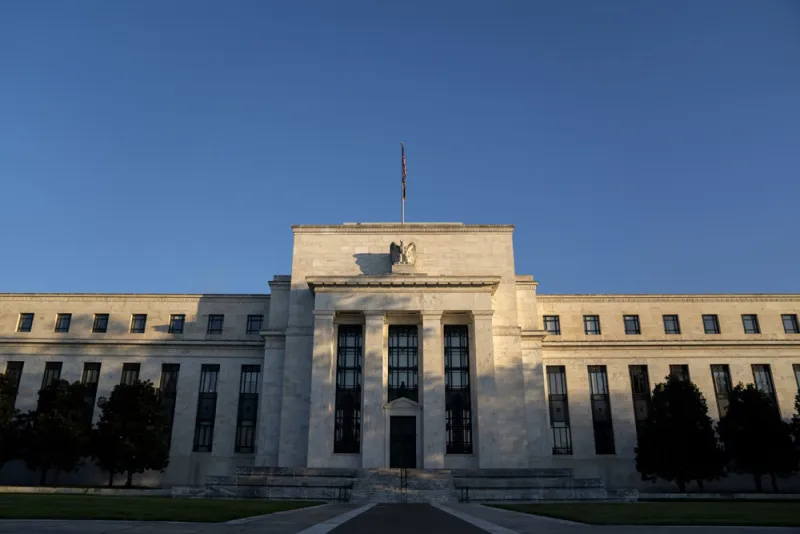The Financial Stability Board is scrutinizing the behavior of hedge funds and other non-bank investors during the market tumult sparked by the coronavirus earlier this year.
“Market dysfunction was exacerbated by the substantial sales of U.S. Treasuries by some leveraged non-bank investors and foreign holders,” the FSB, a global group of finance officials, said Tuesday in announcing its report on the market turmoil in March. “Dealers also faced difficulties absorbing large sales of assets, amplifying turmoil in short-term funding markets.”
Recent research from Marco Di Maggio, a finance professor at Harvard’s business school and a faculty research fellow at the National Bureau of Economic Research, found that hedge funds did not drive disruption in the Treasury market, as they represented a relatively small trading role. Foreign sellers were “a more significant cause behind illiquidity,” he suggested in a paper on the tumult.
But the FSB said in its report that “some leveraged investors” worsened dysfunction in the market by unwinding almost $90 billion in U.S. Treasuries trades in March. That’s the volume of selling reportedly done by relative-value hedge funds that focus on fixed-income markets, according to Di Maggio — a figure he said was dwarfed by the foreign sector’s $260.4 billion of net outflows in Treasuries securities in March.
According to the FSB, foreign holders sold a record of almost $300 billion in Treasury bonds and bills in March on a net basis. “About one-fifth of these sales were by foreign official institutions, including central banks,” the policy group said in its report. “The build-up of dollar credit abroad may have increased liquidity pressures in the U.S. Treasury market.”
[II Deep Dive: Don’t Blame Hedge Funds for This Year’s Treasury Market Turmoil]
Still, leveraged investors were likely contributors to the “short period of extreme illiquidity” in government debt, the FSB said. “Since 2018, these investors had taken increasing leveraged positions in some government bond markets, to seek to arbitrage differences in market price between the value of derivatives, and the cash instruments that they reference.”
This “basis trade” became problematic when a spike in demand for the most liquid safe assets in mid-March led to a decoupling in U.S. Treasuries prices relative to futures, according to its report. Positions became loss making and increased volatility resulted in margin calls for basis-trade investors, some of which struggled to renew funding for their trades, the FSB said.
Hedge funds, even after including leverage, contributed just 4 percent to 9 percent of total Treasury trading volume in the spot market and 12 percent to 15 percent in the futures market, according to Di Maggio’s research. His paper showed that fixed-income relative-value hedge funds have an average leverage ratio of about 3, a level that Di Maggio suggested was not as high as many may think.
For him, that was more evidence that hedge funds had neither the capacity nor the resources to drive the sell-off in Treasuries in March.
Both Di Maggio and the FSB saw dealers overwhelmed amid the turmoil, unable or unwilling to absorb assets on their balance sheets. The Harvard professor cited balance sheet and capital ratio requirements put in place after the 2008 financial crisis as a reason for the constraint.
“Limited dealer intermediation” combined with large asset sales of leveraged investors and foreign accounts drove up volatility and illiquidity in the Treasury market, according to the FSB. The group said stress in the financial system would have intensified significantly without the swift and sweeping actions taken by the Federal Reserve during the unprecedented tumult.







